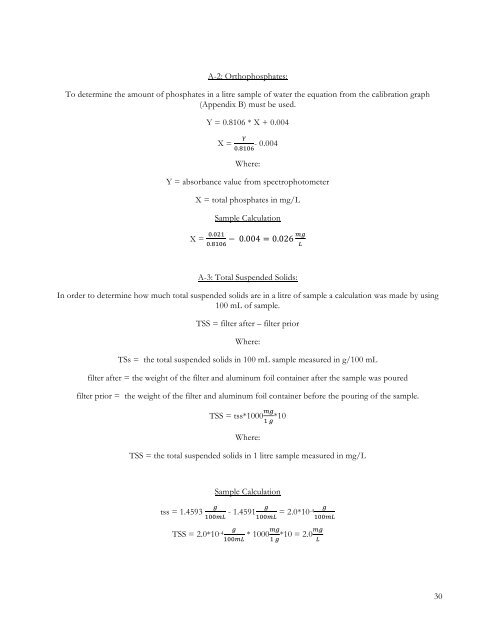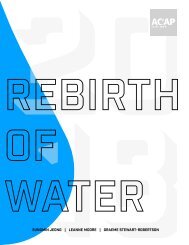Rebirth of Water Report 2016-2017
Marsh Creek, which is the largest watershed in greater Saint John, has been the recipient of centuries of untreated municipal wastewater deposition. Offensive odours, unsightly sanitary products and the threat posed by various human pathogens, resulting largely from the ~50 sewage outfalls in the lower reaches of Marsh Creek and the Saint John Harbour, have caused most residents to abandon the wellness of the watercourse. ACAP Saint John, a community-based ENGO and champion of the Harbour Cleanup project, has been conducting water quality monitoring and fish community surveys in the watershed since 1993 with the view towards someday restoring the ecological integrity of this forgotten natural asset.
Marsh Creek, which is the largest watershed in greater Saint John, has been the recipient of centuries of untreated municipal wastewater deposition. Offensive odours, unsightly sanitary products and the threat posed by various human pathogens, resulting largely from the ~50 sewage outfalls in the lower reaches of Marsh Creek and the Saint John Harbour, have caused most residents to abandon the wellness of the watercourse. ACAP Saint John, a community-based ENGO and champion of the Harbour Cleanup project, has been conducting water quality monitoring and fish community surveys in the watershed since 1993 with the view towards someday restoring the ecological integrity of this forgotten natural asset.
Create successful ePaper yourself
Turn your PDF publications into a flip-book with our unique Google optimized e-Paper software.
A-2: Orthophosphates:<br />
To determine the amount <strong>of</strong> phosphates in a litre sample <strong>of</strong> water the equation from the calibration graph<br />
(Appendix B) must be used.<br />
Y = 0.8106 * X + 0.004<br />
X =<br />
W<br />
L.YKLZ - 0.004<br />
Where:<br />
Y = absorbance value from spectrophotometer<br />
X = total phosphates in mg/L<br />
Sample Calculation<br />
X = L.LVK<br />
B^<br />
− 0.004 = 0.026<br />
L.YKLZ M<br />
A-3: Total Suspended Solids:<br />
In order to determine how much total suspended solids are in a litre <strong>of</strong> sample a calculation was made by using<br />
100 mL <strong>of</strong> sample.<br />
TSS = filter after – filter prior<br />
Where:<br />
TSs = the total suspended solids in 100 mL sample measured in g/100 mL<br />
filter after = the weight <strong>of</strong> the filter and aluminum foil container after the sample was poured<br />
filter prior = the weight <strong>of</strong> the filter and aluminum foil container before the pouring <strong>of</strong> the sample.<br />
TSS = tss*1000 B^<br />
K ^*10<br />
Where:<br />
TSS = the total suspended solids in 1 litre sample measured in mg/L<br />
Sample Calculation<br />
^<br />
tss = 1.4593 - 1.4591 = KLLBM KLLBM 2.0*10-4<br />
^<br />
^<br />
KLLBM<br />
TSS = 2.0*10 -4 ^<br />
* 1000B^ = 2.0B^<br />
KLLBM K ^*10<br />
M<br />
30


















